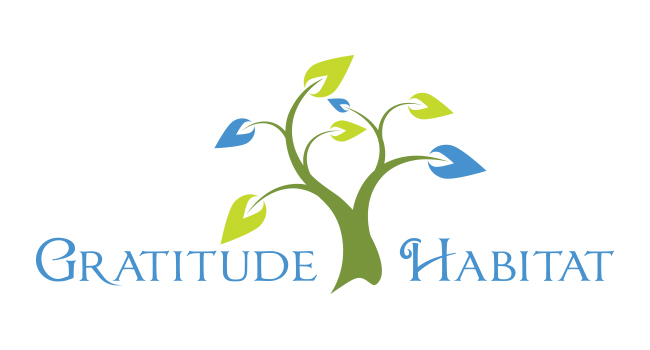Living In Gratitude: What is Grateful Living?
Grateful living is important in the world because, in our constant pursuit of more and better, we can easily lose sight of the riches that lay right in front of us and within us. ~ Guri Mehta
Imagine walking on a beach just before sunset. The sand is silky and warm as it slides gently between your toes. A mild breeze arises, caressing your face and gently ruffling your hair. You inhale deeply, feeling the cool salt air fill your lungs as the clouds explode in a riot of pink, orange, and purple. Waves make fingers of foam on the sand that reach out to lovingly tickle your toes. A slight smile curls your lips as you take it all in – the air, the sand, the vibrant sky, the soothing sound of the waves – and exhale gratitude.
Grateful living is moving through every day in an ever-present, thoughtful manner. It’s noticing the abundance that surrounds us and mindfully being appreciative rather than taking things for granted or (un)consciously dismissing the beauty and blessings in life.
Read more


